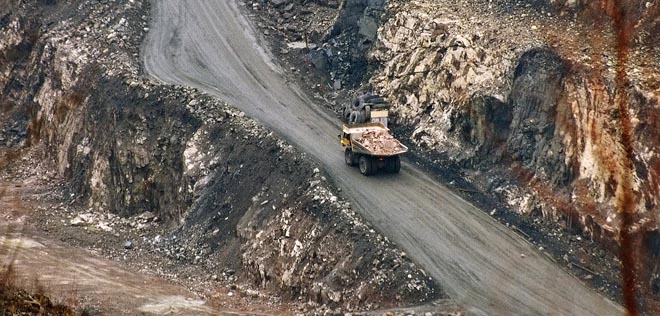Natural resources aren’t a guarantee for growth
11.4.2018 Blog Anni Huhtala

Can natural resources end up being a curse on a country’s economic development? Economists have pondered this long and hard.
 Photo: Janne / Flickr.com (cropped)
Photo: Janne / Flickr.com (cropped)
Twenty years ago, economists Jeffrey Sachs and Andrew Warner, who were at Harvard University at the time, dared to suggest that the resource curse (also known as the “paradox of plenty”) was a clear fact. They justified this argument by comparing the economic growth of different countries. It seemed that an abundance of natural resources in a country led to poor economic growth, when the measure of abundance was natural resource exports as a proportion of total GDP. Countries like this included the oil-producing Gulf states, as well as Nigeria, Mexico and Venezuela.
The resource curse since again become subject of research as methods and data have improved.
In addition to comparing countries, the resource curse hypothesis has also been studied in regional differences in development within countries. One recent study showed that oil and gas deposits in the USA have actually promoted, not hindered, long-term economic growth in the regions where they have been discovered.
The key point in research has been to understand and explain the logic behind the alleged resource curse.
Natural resources – like any other resource – are an asset, which in principle can be assumed to be the source of further wealth. So what turns an asset into a curse?
There is a danger of this when, for example, the global price of raw materials rises quickly, which then leads to accelerated exploitation of these raw materials. Workforce starts to gravitate towards the natural resource sector, costs start to rise, and in the end, the sector overrides the development possibilities of other industries such as manufacturing. When boom turns to bust, all that is left in the wake of the collapsed natural resource prices is a mine, the benefits of whose utilisation have not spilled over into productivity growth, resulting in a weakened economic growth overall.
Here in Finland there hasn’t been much public debate about natural resources as a source of growth – with the possible exception of our forest assets. Still, every time there is an upswing in the economy it’s the mining industry and Fenno-Scandinavian mineral reserves that hit the headlines. That’s when the mining project talk starts: talk about projects that are on hold, projects that are abandoned, as well as completely new projects.
However, it is interesting that in contrast to other developed nations, the exploitation of mineral wealth in Finland is based on the Mining Act, which still retains many of the traits of the old system of staking claims, i.e. “finders keepers”. The state receives no fees; instead it is the landowner who receives excavation fees. Nevertheless, without careful research, we will not know what long-term effects mines have on the development of local and regional economies and on economic growth in Finland. This would be good to know, in order to avoid the resource curse and to have sensible regulation.
Anni Huhtala
Blog
Environment, energy and climate policy
Press release
economic growth and environment
environment
natural resources
resource economics

